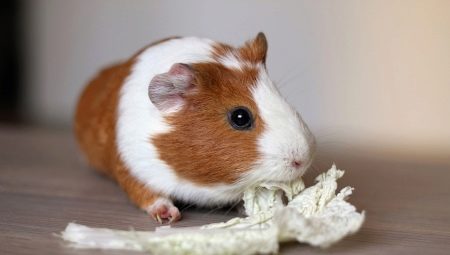A cage for a small rodent must be comfortable so that the animal is comfortable inside it. Often it is equipped with houses, which is very pleasing to the animals. About what these houses can be, why they are needed, and how to choose them correctly - read on.
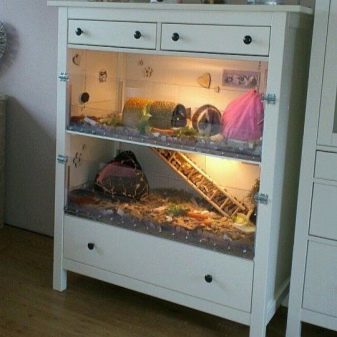
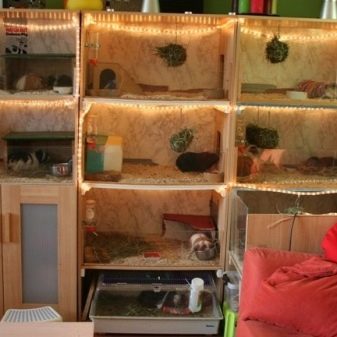
Why is it needed?
A house for a guinea pig is nothing but the place of her personal space. This animal is rather shy, and therefore needs a place where it can hide in case of "danger". In addition to the fact that the house is considered a kind of protection from others, this is a place for breeding and eating.
In fact, this is an accessory of the cage in which the animal can hide, eat, sleep, be in solitude.
This is an indispensable thing for those who have noisy neighbors, because guinea pigs are afraid of loud noises.
In the house, they feel safe, and therefore can relax. The timid little animal is poorly disposed to the owners, is uncommunicative and seeks permanent solitude.
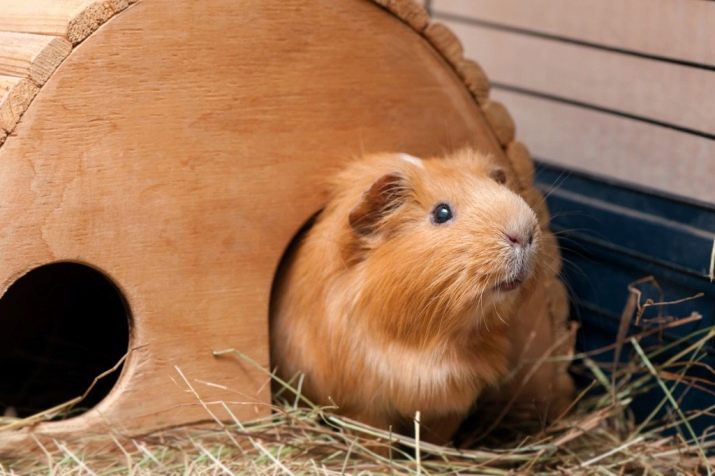
Kinds
There are several ways to classify guinea pig houses. From the point of view of manufacturing, they can be ready-made in production conditions and home-made (made from improvised material).
In addition, the products differ in shape: it can be cylindrical, hemispherical, rectangular, square.
It is difficult to say unequivocally which product is better, because often the options that they create on their own at home turn out to be more interesting in terms of design and convenience.
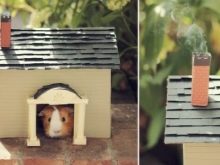
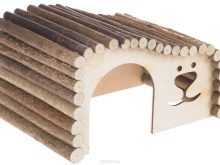
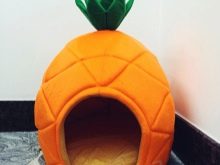
type of instalation
Products differ in the type of installation: modifications are floor and suspended. The choice of the right option depends on the type and characteristics of the cell itself.Variants for the floor in most cases do not have a bottom, while products of the suspended type have it. Otherwise, the differences depend only on the design. Suspension options of a soft type are something like a hammock, however, more rigid.
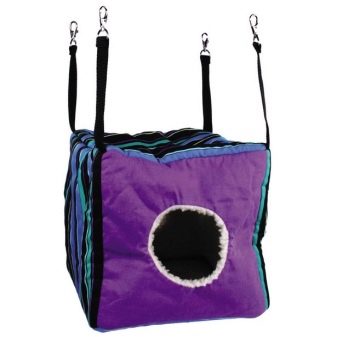
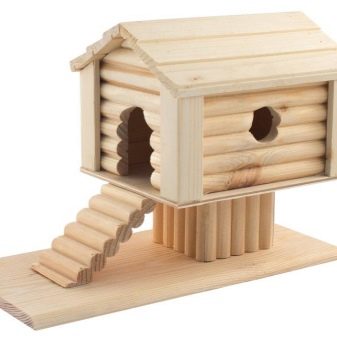
Type of construction
A house can have not only one, but also two entrances, often its facades are decorated with decorative slots of geometric shapes. Other designs are completely a reduced copy of a chopped house with a gable roof. By type of streamlining, models can be angular and with smooth or even rounded edges.
Modifications can be designed for one animal or two individuals.
Particularly spacious products provide a place for offspring inside.
Production material
Products differ in the type of manufacturing material. Often, it is this factor that determines the choice of model, which is based on the pros and cons of raw materials.
From wood
Wood is considered one of the best types of raw materials. Such houses are especially strong, environmentally friendly and durable. They are rarely bought, because one product can last a long time. Their disadvantage is the large weight and the need for careful grinding, as well as the limited color scheme.
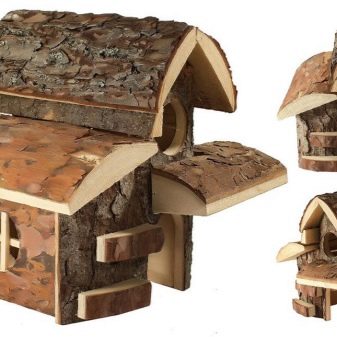
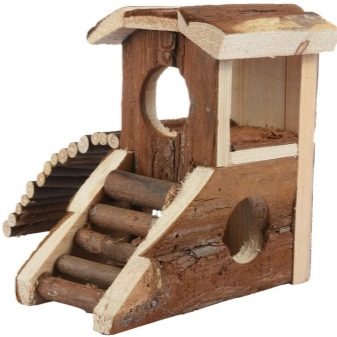
From plywood
Plywood is convenient in that it is easy to process and assemble. Such products are lightweight and beautiful. However, plywood is not as practical as the original tree, and therefore it is less durable and may delaminate over time. In addition, she is more prone to rodent teeth. Another disadvantage is the limited color scheme.
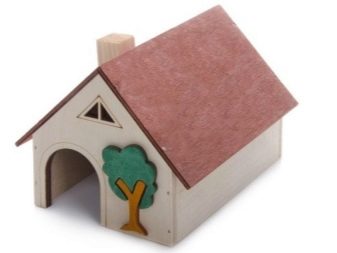
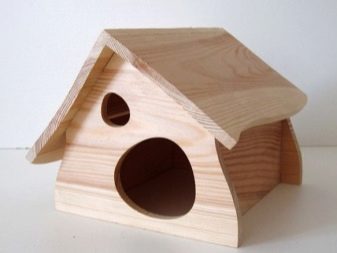
From cardboard
Cardboard constructions are remarkable only because they are easy to make. Unlike wood and plywood, less tooling is used here, because you do not need to cut anything, but you can simply cut it with scissors.
The disadvantage of such houses is the fragility and softness, which has to be eliminated with a sealant. Making cardboard houses is much faster.
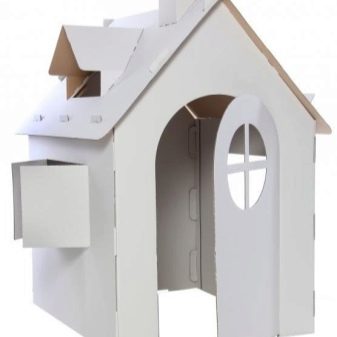
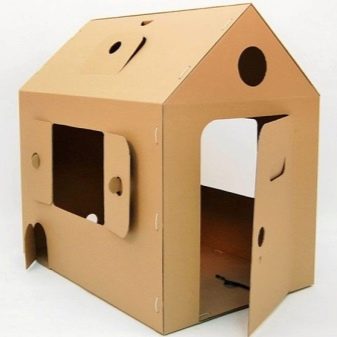
From fabric
These houses are unique in their own way and can be very diverse, depending on the complexity of the cut and the degree of skill of the manufacturer. They are characterized by rich colors, can create particularly comfortable conditions for the pet.
The disadvantages of a soft house made of flannel and cotton are the instability of the material to the teeth of the animal and the poor stability of the structure itself, even if there is a sealant and stuffing inside. These products are short-lived.
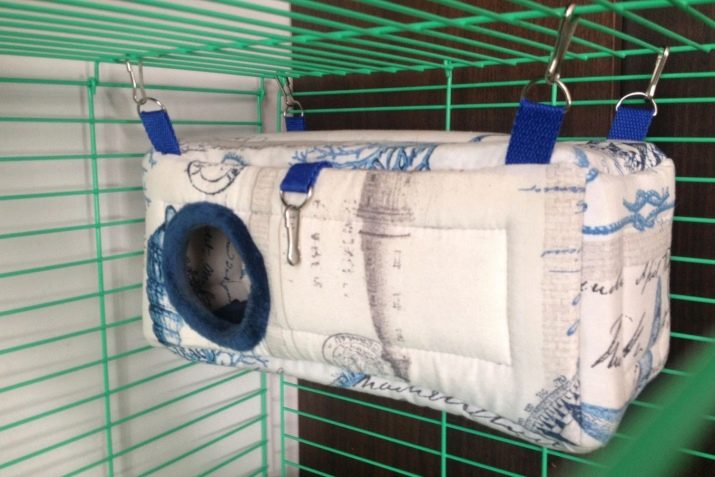
From glass
Glass options are considered the original cage accessory. In fact, they use capacities for an aquarium. Unfortunately, breeders do not think that such houses easily injure a pet when he wants to sharpen his teeth. Glass enters the body, which is the cause of death.
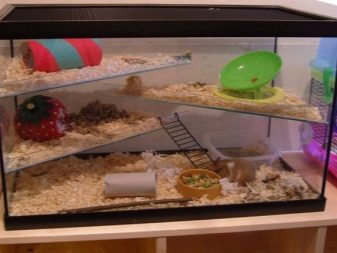
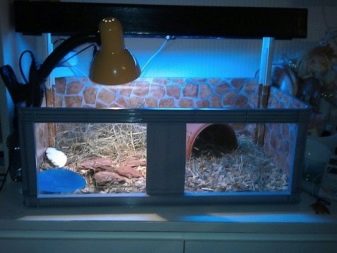
Made of plastic
Houses made of plastic are unique in the richest color scheme. They can have the most diverse configuration and size. Sometimes such models are created even from plastic pipes. However, neither their convenience nor lightness can compensate for the harmfulness of the material itself.
If a guinea pig begins to gnaw at such a house, its digestive system is destroyed.
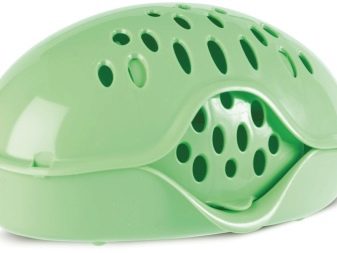
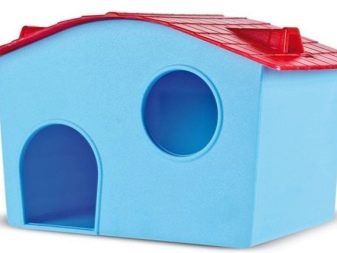
Dimensions
In order for the guinea pig to feel good inside the house, you need to pay attention to the size of the room. The average dimensions of a rectangular house can be 25 cm in length, 15 in width and 15 in height. The minimum values are 23x15x11 cm.
If the house is smaller, the degree of comfort of the rodent will change. If the design is needed for two pigs, its parameters should be greater.
If the product is cylindrical in shape, and this is a suspended option, it is usually small, if not compact. For example, the bottom of such a house can be 12, 16 and 21 cm, height - 11, 16 and 21 cm. There is no corridor inside such models, some of them are good only for small pets. Models created independently, often have a lot of space.This is convenient, because the animal inside can turn, as it is convenient, without causing itself discomfort.
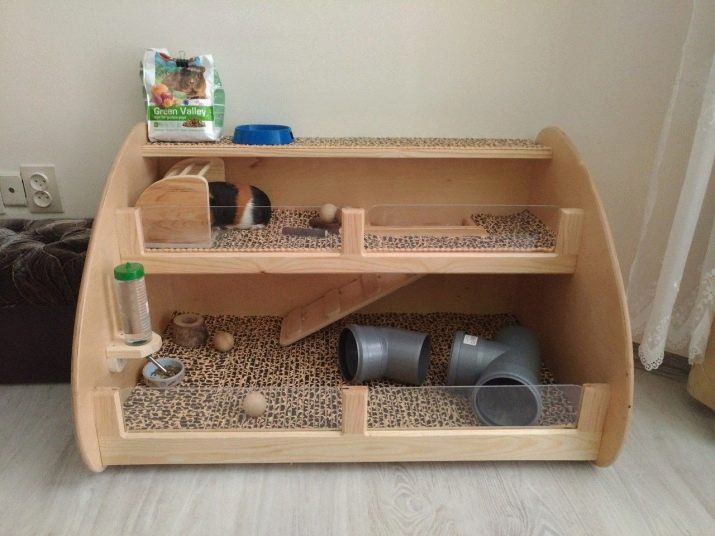
Which to choose?
When choosing a house for a guinea pig, you need to consider a number of nuances. For example, the key is material. You need to look at its environmental friendliness, harmlessness to the rodent and durability. This is definitely a tree or plywood without any painting (remember that the animal can gnaw it from a wooden surface).
If you want to equip the cage with a hammock, consider the option of textiles with a sealant and a good shape.
The issue price is often an indicator of quality. However, when buying, you should turn to products of a trusted manufacturer. It is important to find a supplier that does not use poisonous glue or even worse - small staples when fixing material that can injure the pig. The product must be impeccable in terms of quality and assembly. There should not be any chips, cracks, or other defects.
You should never take the staggering option. If it is initially poorly made, then no independent gluing will fix the matter. Such a product will not last long. Moreover, it may at some point injure your pet.
If you are going to make a house yourself and don’t know what and what is the best, start work from plywood. Perhaps in the future you will master the tree.
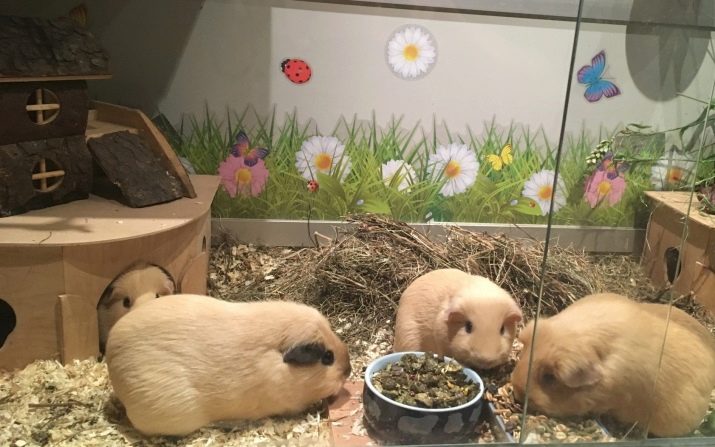
When buying, pay attention to the size of the entrance: if it is too small, then the animal will be uncomfortable to go inside and go back. See that the house does not have too small decorative slots in which the legs of the animal can get stuck.
If possible, give preference to the option with two inlets.
At the same time, the size of the entrances can be different, but it must be rounded so that the guinea pig does not get hurt.
You need to select a house taking into account the parameters of the existing cell. In standard versions, its dimensions should not be less than 40x80 cm at a height of 50 cm. If you want to purchase a suspended model made of wood, pay attention to the accessories of the cage. The animal should be comfortable to climb to his house, he should not bounce up, and the structure itself should not be loose on weight. As for the model, it can be either a tunnel, a house-ladder, or a boudoir, or even a house-cover.

Read more about the needs of guinea pigs in houses, see below.
